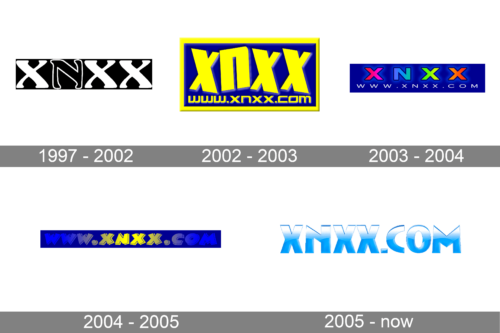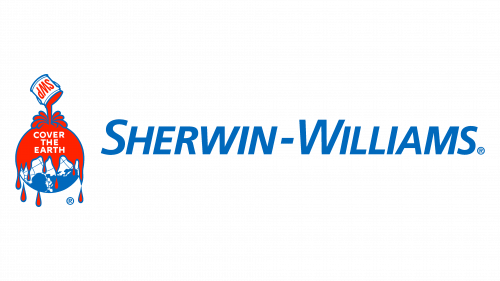
- Version
- Download 66
- File Size 34.47 KB
- File Count 1
- Create Date December 7, 2024
- Last Updated December 7, 2024
Bunnings is a well-known Australian retail chain specializing in hardware and home improvement products. Established in 1886, it has grown into a major brand with locations across Australia, New Zealand, and, at one point, the United Kingdom. Today, its UK stores have been closed, but Bunnings still employs over 30,000 people and operates under the Wesfarmers Group.
Bunnings Logo History
The Bunnings logo has undergone several changes since its inception, reflecting the growth and transformation of the company. The visual identity of the brand has always focused on simplicity and clarity, using the name as the main visual element with minimal embellishments.
1886 – 1952: The Early Logo
The first Bunnings logo was introduced in 1886 and remained in use for over 70 years. The logo featured the full name “Bunning Bros Ltd” in bold sans-serif type, with the tagline “Sawing, Planing & Moulding Mills” below it in a smaller font. The design was simple and functional, using black and gray tones typical of the era. The longevity of this logo shows how effective its straightforward design was in conveying the company’s identity.
1952 – 1991: A Public Company
In 1952, the logo was updated to reflect Bunnings’ status as a publicly listed company. The new design featured a horizontally stretched oval with a thick orange outline. Inside the oval was a dark gray background with the company name in white, set in a bold italicized sans-serif font. This update gave the logo a more modern, clean look.
1991 – Today: Modernization
The logo was redesigned in 1991 to give the brand a fresher, sharper visual identity. The color palette shifted to green, white, and red, and the logotype became more streamlined with clean, edgy lines. The only graphical element in the logo was the letter “B”, which was green with diagonal red and white lines crossing through it.
1994 – Today: The Warehouse Era
In 1994, with the opening of the first Bunnings Warehouse in Melbourne, the logo underwent another change. The new logo added the word “Warehouse” in a bold, stencil-like font in red, placed on a solid red banner beneath the main logo. This logo emphasized the company's large-scale retail model, evoking a sense of power and professionalism. The “Warehouse” font was customized but resembled fonts like Helios Stencil Heavy.
Font and Color
Bunnings' current logo uses a modern sans-serif font, characterized by sharp angles and clean lines. The font is similar to VVDS Praliner Bold and Lemon Milk Pro Medium, with minor modifications to make it unique. The “Warehouse” part of the logo uses stencil-style letters, resembling Helios Stencil Heavy and Halvar Stencil Breitschrift Black.
The logo's color palette—green, white, and red—is bright and energetic, symbolizing growth, success, and loyalty. The green represents the company's connection to growth, while the red and white highlight energy and enthusiasm.
Conclusion
The evolution of the Bunnings logo reflects the company’s growth from a small sawmilling business in the late 19th century to a major hardware retail chain in the modern era. Through its use of simple and impactful design, the Bunnings logo effectively communicates the company's values of reliability, growth, and professionalism.
| File | Action |
|---|---|
| Bunnings Logo.png | Download |








